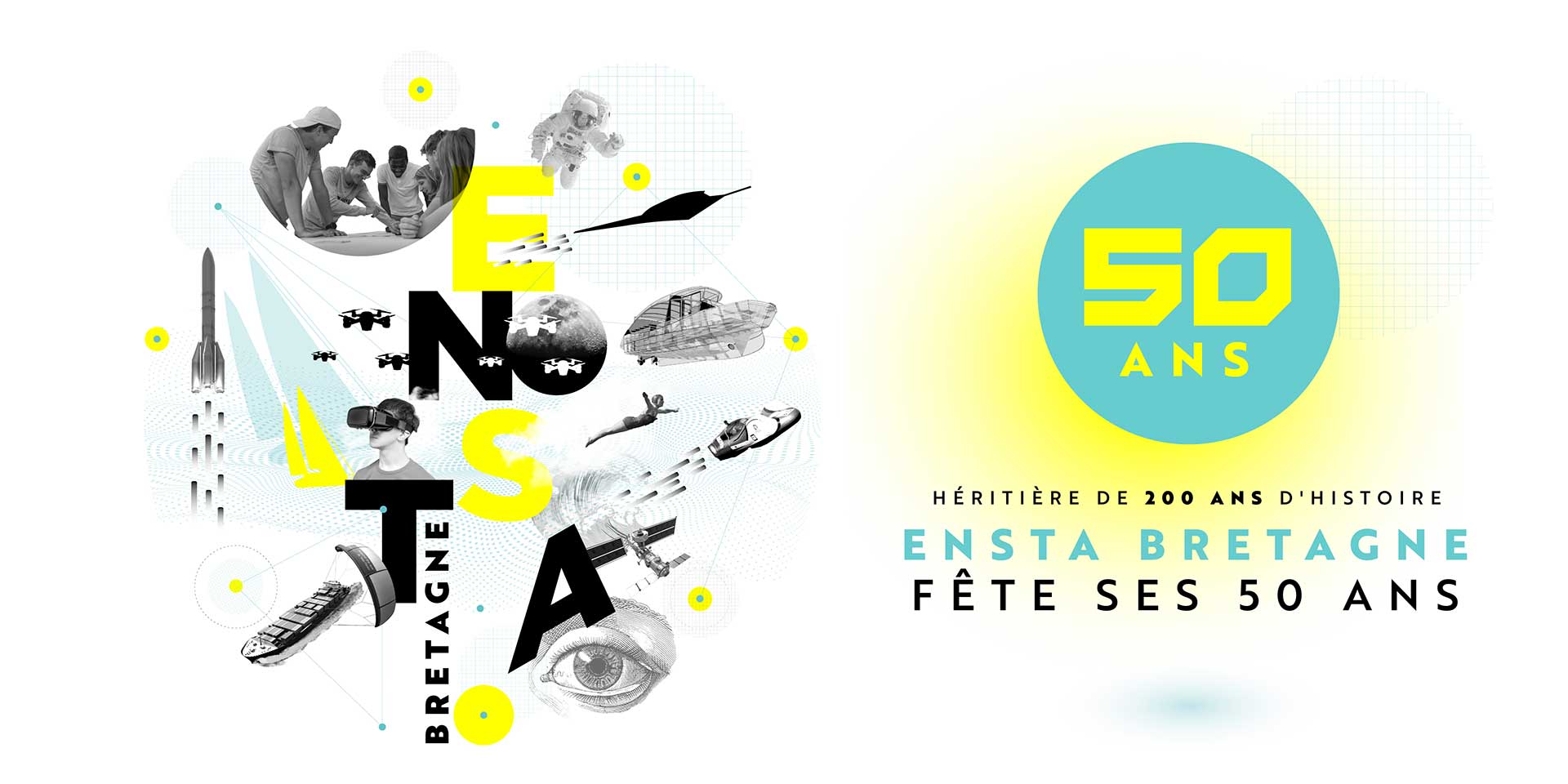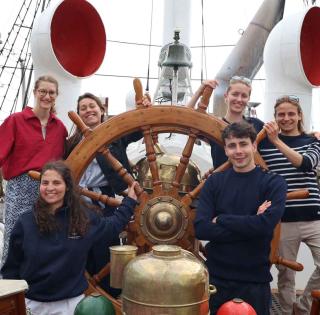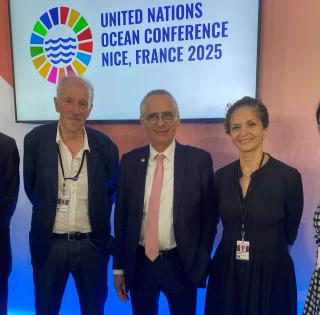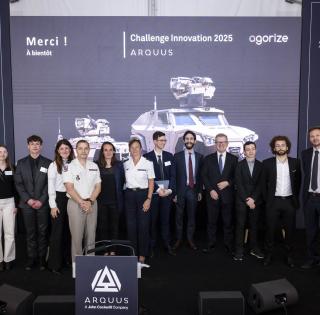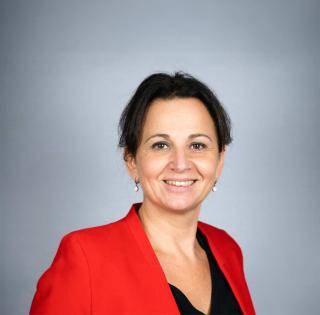
In 200 years of history and in the 50 years since its creation in 1971, the school has never ceased to anticipate and evolve, true to its calling to educate the engineers of tomorrow, to the highest level so as to be able to ensure the technological advances and strategic independence needed by defense and civil society.
200 years of history, a century of educating engineers, 50 years since the school's creation and 30 years of research: A school of progress
Created in 1971, ENSTA Bretagne is the heir to the engineering education that had existed within the armed forces since 1819, which gave rise to the first engineering education courses before being brought together in a single school in 1971, at the initiative of the Ministry of the Armed Forces at the time, and more specifically of the Ministerial Directorate for Defense (Direction ministérielle pour l’armement) (which later became the French defense procurement agency (DGA))), the strategic entity for the management, engineering and equipment of the armed forces on which the school depends.
For 50 years, ENSTA Bretagne has been part of a dynamic strong growth process, driven by the demand of its partners, companies and the ministry of the armed forces. The school trains engineers and experts, and also undertakes cutting-edge research. It meets the needs for innovation and scientific knowledge of the defense, maritime, transport & mobility and aerospace sectors and many other innovative technological sectors.
The 50th anniversary festivities began on July 14, with the military engineering corps (IETA) being honored at the military parade, which also celebrated the 60th anniversary of the creation of the French defense procurement agency (DGA). They will continue throughout the year 2021-2022, involving many witnesses of this history and former students of the school.
These anniversaries are an opportunity to look back over 200 years of history and 50 years of continuous progress in educating the engineers that society will need.
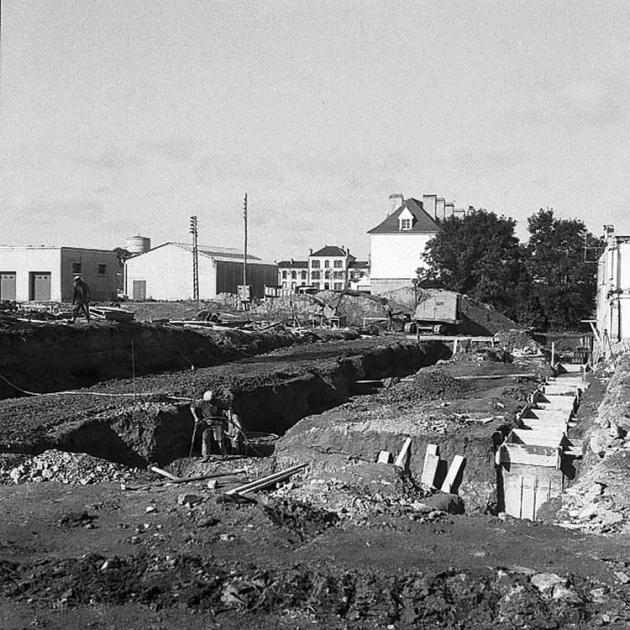
In the midst of the industrial revolution in the 19th century, the creation of training schools for masters (dockyard senior technicians) and the emergence of the École Supérieure de Maistrance de Brest*
As early as 200 years ago, specific courses were aimed at training masters and foremen in the naval dockyards in the military port of Brest.
In 1818, the Inspector general of maritime engineering, Pierre-Jacques-Nicolas Rolland, reported on the state of professional training in dockyards. This study was to be used by Baron Portal, Minister of the Navy, when he drew up the circular of August 17, 1819, from which this extract is taken:
"[…] establish in each of the ports of Brest, Rochefort and Toulon, a special school, in which a number of young workers destined to become petty officers and chosen from the most active and intelligent workers, would be trained in the practical methods of trades relating to naval architecture, which can only be properly understood through theoretical knowledge".
* Distinguish between petty officers (Maistrance) in the 19th century and the current petty officer school (École de maistrance): Petty officers of the 19th century included masters, foremen and assistants responsible for supervising the work of workers in professions related to naval construction. They were then trained in the écoles normales et supérieures de maistrance. The petty officer school (école de maistrance), created in 1933, and heir to the ship's boy school (école des mousses) has a different calling, that of training, from the French high school diploma (bac) to the French high school diploma + 3 years of higher education (bac + 3), the petty officers working onboard the ships of the French Navy.
Increase in training skills and creation of technical schools to prepare military engineers for the management of advanced equipment programs for the armed forces.
After significant changes in training before the Great War (1914-1918) and the multiple reorganizations that took place until the end of the Second World War, dedicated technical schools effectively took place in the 1940s. The aim was to provide training tools for managers and engineers fully tailored to the needs of naval construction and, more broadly, to all the technical needs of the armed forces throughout the country.
These schools provided for apprenticeship and field experience before entering engineer training (formation d'ingénieurs). Specialized workers and technical managers also usually graduated from these same schools, following different paths. Engineers, technicians and workers were thus part of the same global and original corporate culture and social promotion system.
ENSTA Bretagne is thus the heir to the first engineer training courses (formations d'ingénieurs) created in France. These were already multidisciplinary engineer training courses accredited by the Engineer title accreditation committee (Commission des Titres d'Ingénieurs), created in 1936. These training courses were developed on its Brest campus and at other sites in France between the two World Wars.
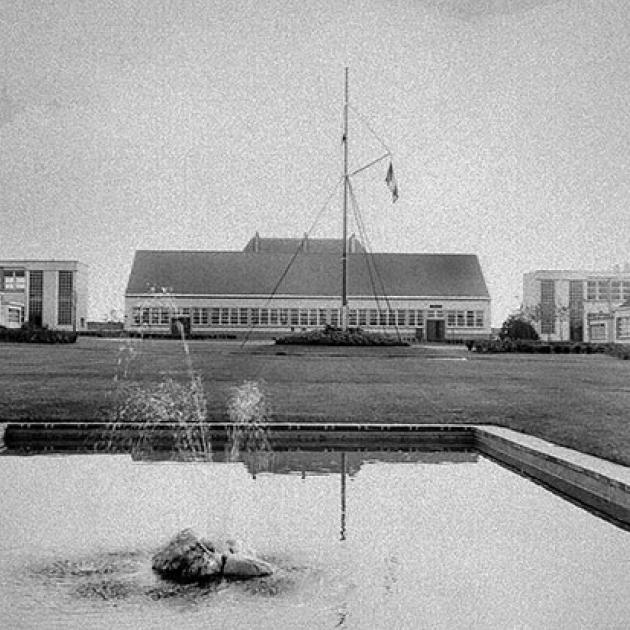
Before the creation of the school, in 1961, the Ministerial directorate for defense (Direction ministérielle pour l’armement - DMA), which would become the French defense procurement agency (DGA), was created. It reformed the military corps (corps de l’armement) and created, in 1968, two closely related corps of military engineers, the defense engineers (ingénieurs de l’armement - IA) trained at the Ecole Polytechnique and in application schools, and the engineers for defense studies and techniques (ingénieurs des études et techniques de l’armement - IETA). The first IETAs included former apprentices having thus successfully reached management positions.
In 1971, the ENSIETA (École nationale supérieure des ingénieurs des études et techniques de l’armement) was created by grouping together technical schools in various specialties (naval, land and aeronautical) with the role, which is still in place, of training IETAs
- Creation of the ENSIETA.
- Graduation of the 1st IETA class.
- Enrollment of the first students having passed the entrance exam, after their preparatory training provided by special technical training schools.
- Military engineer training courses were then brought together in a single school, initially maintaining two sites, Arcueil (defense) and Brest (campus dedicated to naval construction and weapons since 1949).
All specialties were brought together in Brest, on the long-established campus of Pontanézen, except for aeronautical constructions which remained at the school of Toulouse (at the ENSICA, which would later merge with Supaéro to form the ISAE-Supaéro).
From the outset, ENSIETA's role has been to train engineers to prepare for the defense innovations of tomorrow. Civilian students soon joined the school and their numbers grew exponentially.
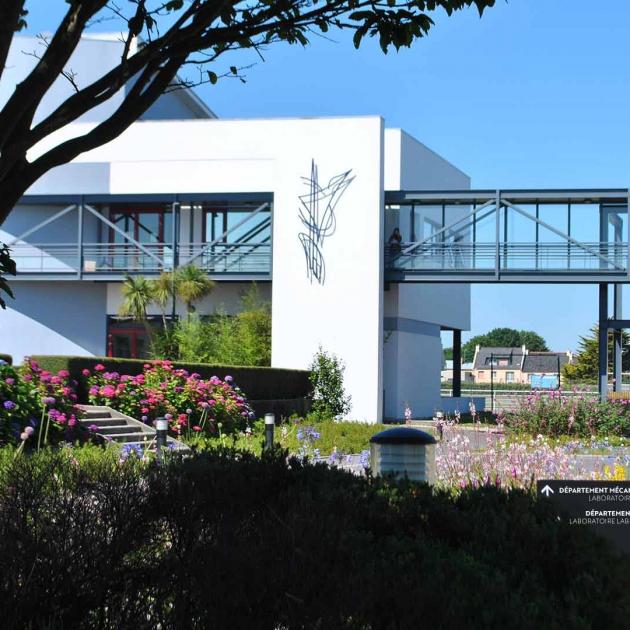
The past 30 years have seen the rapid opening up of the school to civilian students.
While French industry has changed from state-owned companies to private companies and has experienced multiple technological breakthroughs, the demand for civil engineers has continued to grow.
The school's engineers are increasingly well identified by industrial sectors and this recognition will develop with the emergence and structuring of a multidisciplinary research center with rare skills.
High-tech companies appreciate the school's young graduates. They are both immediately operational on a technical level and able to progress towards high-level responsibilities to lead industrial transformations, create innovation and ensure the expected strategic independence.
Within its area of expertise, the school continues to attract an increasing number of partners: from mechanic engineering to digital technologies, from naval applications to aerospace, from pyrotechnics to hydrography, and with a wealth of original teaching, in particular in the human and social sciences.
This multi-disciplinary nature of the fields of excellence supported by its solid maritime ecosystem has allowed the school to develop new disciplines such as standalone marine robotics, marine renewable energies, cybersecurity of onboard systems or management of organizations combining business sciences and engineering.
The industry/research/training link supports the school's growth. A growing diversity of employers and academic partners have taken an interest in the school's teaching and will enhance its national and international influence.
This growth is supported by the professionalism of the staff and their commitment to the school's roles, the first and foremost of which is the success and development of the full potential of students.
- 2007: ENSIETA is the first engineering school (école d'ingénieur) in France to be certified ISO 9001:2000 for all its activities. This award brings the school's identity and values to the fore: high standards, constant progress, stakeholder satisfaction and strong links with economic and industrial networks.
Well-identified, cutting-edge multidisciplinary skills for ever-expanding applications
Through their multidisciplinary, scientific and managerial skills, graduates are employed in many sectors of activities. They are called on to work in the following areas:
- Shipbuilding & offshore energy
- Defense & security
- Information technologies & observation systems
- Aeronautics & space
- Automotive & land vehicle industry
- Teaching & research
A few facts and figures about ENSTA Bretagne:
- 970 students and PhD students
- 85% civilian students, 15% military students
- 25 to 30% young women
- 30% students with scholarships
- 20% international students (10% since the Covid-19 pandemic)
-> A dynamic network of 6,000 alumni (former students)
-> 12 areas of excellence in education and research
ENSTA Bretagne's 50th anniversary will be celebrated throughout the year 2021-2022:
- July 14, 2021: First IETA student parade in the Champs Élysées in Paris (school's 50th anniversary and DGA's 60th anniversary)
- September 30, 2021: Sponsorship of the class of 2022 by Guénaël Guillerme (class of 86), engineer, company director (ECA Group) and entrepreneur.
- March 2022: exhibition with DGA naval techniques (DGA Techniques Navales) at the Capucins in Brest






